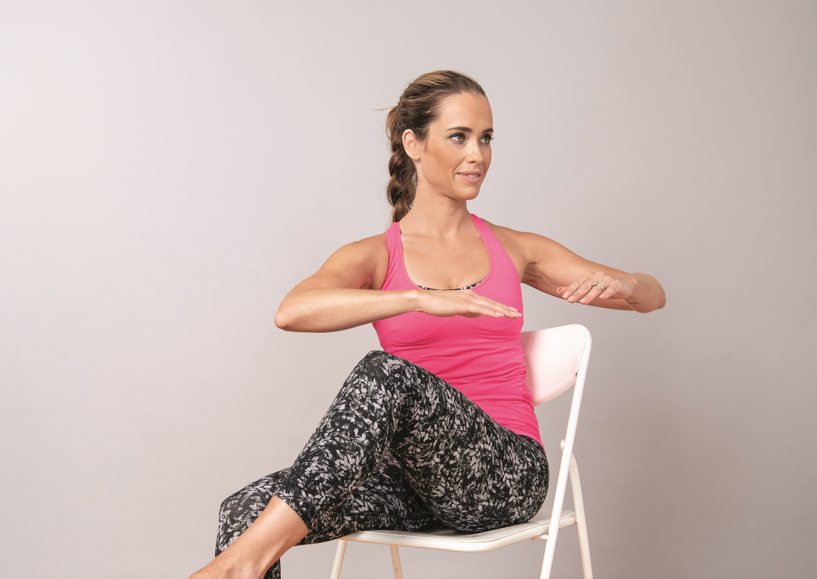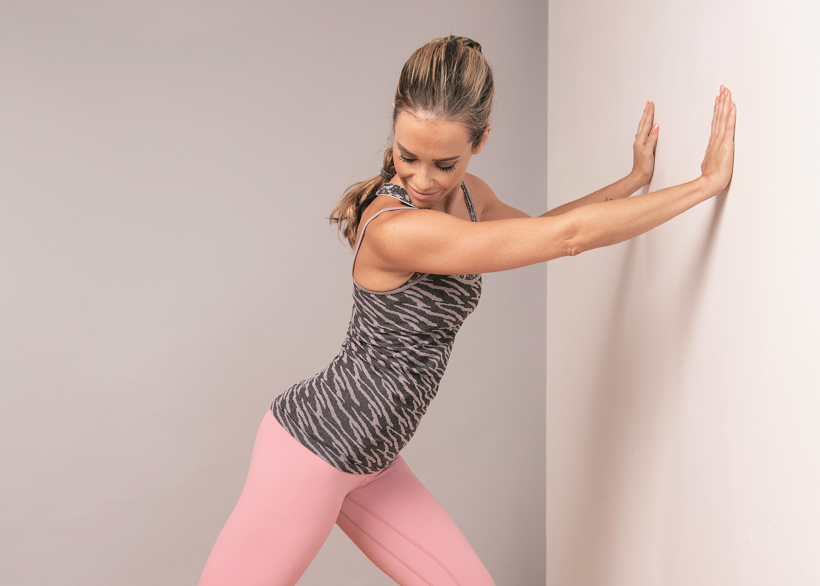Running on a treadmill isn’t quite like a run outside. Knowing what you’re doing can prevent you from simply jogging on the spot.
By Lola Augustine Brown
Running outdoors in February doesn’t appeal to everyone—one reason the treadmills at the local gym are working overtime. But how do you ensure that you’re using the treadmill effectively though and not just wimping out on a proper workout? Here are some considerations that will help you get the most out of your treadmill time.
Ever feel like a cheetah on the treadmill? That’s because it’s a lot easier to run on the treadmill than it is outside— you don’t have to deal with wind resistance—and that means you aren’t getting as effective a calorie burn even when you think you’re doing great. There’s an easy solution, though. According to scientists, to get as much calorific bang for your buck out of a treadmill run, you need to set the machine to a 1% incline and increase your speed by 15%.
Those of us looking to shed pounds when we work out might naturally select the “fat burning” pre-programmed workout button on our treadmill, but that may not actually provide the best workout or burn the most fat. To lose weight, you need to sweat, and fat-burning workouts keep you at the lowest level of intensity that will physically burn fat, and you may not break much of a sweat there. Choose an interval workout instead, or simply manually lower and raise speed to keep you sweating but still functioning.
Don’t rely on the treadmill’s calorie counter—it’s probably not very accurate. A 40-minute gentle stroll doesn’t give you permission to then wolf down a cheeseburger, no matter what your treadmill tells you. Calorie burns are different from person to person and depend on a number of factors (such as how fit you are to start with) that your treadmill can’t possibly know, even if you punch in your age and weight before you start. Take the readings with a grain of salt, or use a fitness tracker worn on your body for a more accurate reading.






